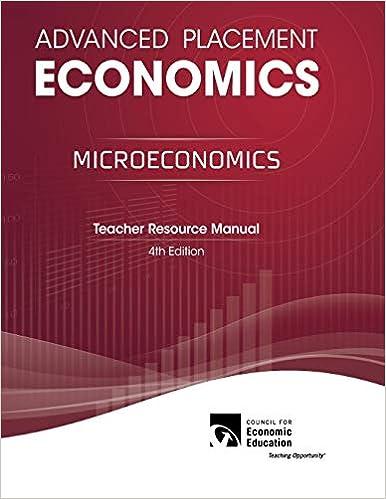Question
Consider a variant of the Hotelling's model which capture features of the U.S. presidential elections. Voters are divided into two states. State 1 has more
Consider a variant of the Hotelling's model which capture features of the U.S. presidential
elections. Voters are divided into two states. State 1 has more electoral college votes than
State 2. The winner is the one who obtains the most electoral college votes. Denote by m1
and m2 the median voter's favorite position among the residents of State 1 and State 2,
respectively (the 'median' voter is the one that has the same amount of other voters on
his/her right side and on his/her left side). Assume that m2 simultaneously choose one single position on the political spectrum, represented by the interval [0,1]. Each voter votes for the candidate who is the closest to his/her favorite position. The candidate who wins the majority of the vote in one states wins all the electoral college votes in that state. If for some states the candidates receive the same number of votes, they each obtain half of the electoral college votes of that state. Is there a dominant/dominated strategy in this game? Is there a Nash Equilibrium?
Step by Step Solution
There are 3 Steps involved in it
Step: 1

Get Instant Access to Expert-Tailored Solutions
See step-by-step solutions with expert insights and AI powered tools for academic success
Step: 2

Step: 3

Ace Your Homework with AI
Get the answers you need in no time with our AI-driven, step-by-step assistance
Get Started


